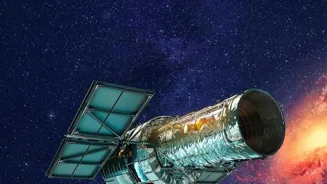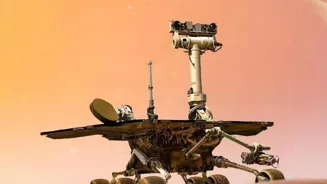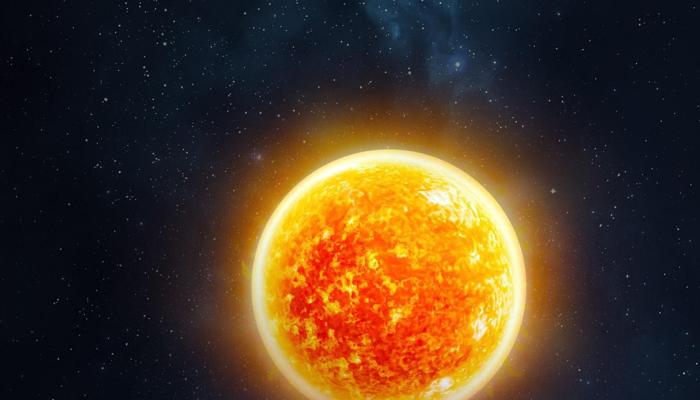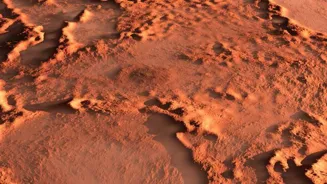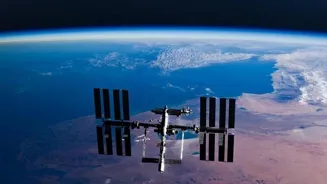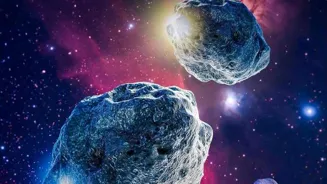Unveiling the Importance of Planetary Protection: Dive into 6 Fascinating Facts About Safeguarding Life Beyond Earth. Read on!
Namaste readers! Today, we're diving into a topic that's out of this world
–literally! It's called planetary protection, and it's all about keeping space exploration safe for everyone, including any potential life forms that might exist beyond our planet.
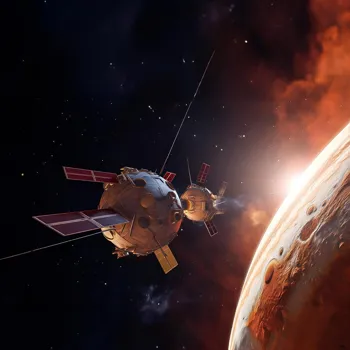
You might think it's just science fiction, but it's actually a very real and important part of space missions. Let's explore why this is so crucial, and some fascinating facts about it.
Planetary protection crucial for safeguarding Earth and Mars
Why should we even think about something like planetary protection? Well, imagine bringing a harmful bacteria from Earth to Mars. It could contaminate the Martian environment, making it difficult to study the planet in its natural state, or even worse, wipe out any existing Martian life.

On the flip side, bringing back a sample from another planet without proper precautions could introduce unknown pathogens to Earth, with potentially devastating consequences. It's all about responsible exploration.
To ensure the science we do isn't tainted by our home planet's bacteria, and to shield our wonderful Earth from any space germs. It's like wearing a mask and washing your hands before entering a lab – essential to keep everything clean and prevent contamination.
It is applicable for Mars, moon and even any comets, asteroids being explored.
Protecting planets from contamination by Earth bacteria; safeguards Earth too
When we talk about planetary protection, the first thing that comes to mind might be little green men. But it's not just about protecting hypothetical alien civilizations. It's also about preserving the integrity of other planets, asteroids, and moons for scientific study.

Imagine a team of scientists discovering a fascinating rock formation on Mars that might hold clues to the planet's past. But if that rock has already been contaminated by Earth microbes, those clues could be forever lost. Its main goal focuses on protecting planet against any earthly bacteria.
It is applicable to all planets, moon and asteroids. Another aspect of it is to safeguarding earth against any contamination.
Planetary protection: Preventing harm from outer space to Earth
Planetary protection isn't just about keeping Earth stuff off of other planets ("forward contamination"). It's also about preventing the return of potentially harmful materials from other planets to Earth ("backward contamination"). It's like a double-edged sword.
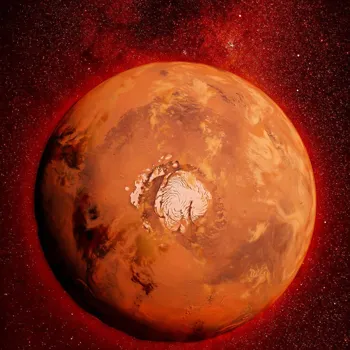
We need to ensure that if we bring samples back from Mars, for example, they are handled with extreme care and sterilized to prevent any potential harm to Earth's ecosystem. Backward contamination is often overlooked. There needs to be safe protocol for retrieval and sterilization of material.
This protocol can be complex but is essential to protect the future of all life on Earth.
Spacecraft undergo strict cleaning to prevent microbe contamination pre-launch
Before a spacecraft is launched towards another planet, it undergoes a rigorous cleaning process. The goal is to reduce the number of microbes (bacteria, viruses, etc.) hitching a ride as much as possible.
This involves everything from sterilizing components with heat and radiation to using special cleaning solutions. Some parts are even assembled in cleanrooms, where the air is filtered and workers wear special suits to prevent contamination.
It's like preparing for a surgery but on a planetary scale. Cleaning protocol and equipment can be complex to prepare. Ensuring all spacecraft and equipment is sanitized is very important.
Planetary protection varies based on destination to prevent contamination
The level of planetary protection required depends on the destination.
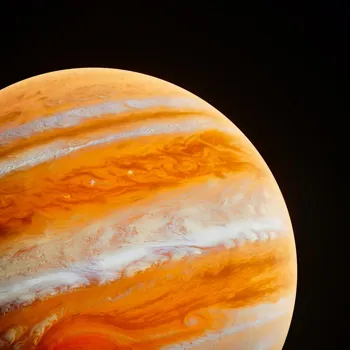
For example, a mission to Europa, a moon of Jupiter that might have a liquid ocean beneath its icy surface, would have much stricter requirements than a mission to the Moon, where the chances of finding life are considered very low.
This is because Europa's ocean could potentially harbor life, so we need to be extra careful not to introduce Earth microbes. The rules are set according to the probability of contamination by microbes. The rules can be very complex and vary from location to location.
Ensuring all staff are aware is important.
International cooperation in planetary protection by COSPAR
Planetary protection is not just the responsibility of one space agency or country. It's an international effort. The Committee on Space Research (COSPAR) provides guidelines for planetary protection that are widely adopted by space agencies around the world.
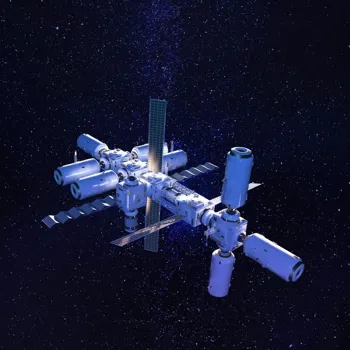
This helps ensure that everyone is playing by the same rules and working together to protect both other planets and our own. COSPAR helps create procedures for space mission. COSPAR provides an environment to exchange information. It ensures any planet is not contaminated by an individual agency.
Planetary protection crucial for future space exploration
As we explore further into our solar system and beyond, planetary protection will become even more important. Future missions may target locations with a higher probability of harboring life, such as Enceladus (a moon of Saturn) or even exoplanets orbiting distant stars.

As our capabilities increase, so too must our commitment to responsible exploration. Future research focuses on detecting microbes. Detecting microbes and cleaning them takes significant process. This can involve time and commitment from the agency involved.
Planetary protection crucial in space missions for life protection
So, the next time you hear about a space mission, think about planetary protection. It's a critical aspect of space exploration that helps to not only protect potential life beyond Earth but also safeguard our own planet. It's a reminder that with great exploration comes great responsibility.

Jai Hind!
AI Generated Content. Glance/InMobi shall have no liability for the content